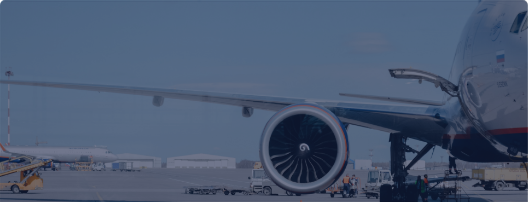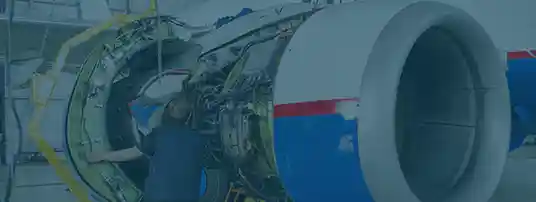Posted on June 25, 2025 linda strong aviation
Aircraft lighting systems are essential to modern flight, ensuring safety, functionality, and passenger comfort. These systems span both exterior and interior applications, supporting everything from midair visibility to onboard evacuation procedures. In this blog, we will explore essential categories of aircraft lighting systems and how each contributes to safe, efficient, and passenger-centered operations.
Navigation lights are designed to enhance visibility during night flights and low-visibility conditions, making it easier for pilots to detect any aircraft in their vicinity. To establish a standardized layout that clearly signals heading direction, many aircraft are equipped with red lights on the left wingtip, green on the right, and a white light at the tail. This arrangement gives pilots the spatial awareness needed to judge closure rate and relative motion, reducing the risk of midair conflicts in both controlled and uncontrolled airspaces.
Anti-collision lights are designed to improve aircraft visibility by signaling movement and operational status to nearby personnel and pilots. One common type of anti-collision light is the red rotating beacon, which is engineered to activate on the ground during engine startup and shutdown procedures to alert ground crews to potential danger. To maintain visibility during flight, aircraft also use high-intensity white strobe lights that are built to flash at regular intervals in congested skies or adverse weather conditions.
Landing and taxi lights are installed in various aircraft to improve ground visibility and enhance pilot awareness during taxiing, takeoff, and the final approach. These high-intensity lights are typically mounted on landing gear struts, wing roots, or the lower fuselage to cast light directly ahead of an aircraft. By clearly illuminating taxiways and runways, they help reduce the risk of runway incursions and surface collisions, especially in low-light or poor weather conditions.
Cabin lighting systems are engineered to enhance the in-flight experience of passengers while reinforcing airline branding through thoughtful design and illumination. To serve these goals across different phases of flight, aircraft commonly integrate systems like:
Cockpit lighting systems are engineered to support pilot performance by maintaining clear instrument visibility across a range of lighting conditions. To achieve this without causing distraction or glare, modern aircraft integrate several dedicated lighting components and features:
Emergency lighting systems are engineered to operate independently of an aircraft’s primary electrical power system, serving to ensure functionality during electrical failures. These systems are built to automatically activate when main power is lost, guiding passengers toward exits and aisles in low-visibility situations. To support evacuation processes, components like floor path lighting, illuminated exit signs, and directional indicators are designed and positioned to remain visible through smoke, darkness, or cabin disorientation.
Routine maintenance of aircraft lighting systems is essential for preserving performance, meeting regulatory standards, and preventing operational disruptions. This is why crews should regularly evaluate specific factors that affect system reliability, including:
Aviation Sourcing Solutions is a trusted platform where customers can access an extensive selection of new, used, obsolete, and hard-to-find aircraft lighting products that are offered with competitive pricing and swift lead times. Every item on this website can be traced back to a supplier or manufacturer that we trust, and numerous listings are inspected by our staff or subjected to third-party testing for quality assurance. Bearing all of our commitments in mind, begin securing your desired items from our catalog today to see why so many professionals consistently choose us for all the components they require to carry out operations.

 The only independent
The only independent



“We Proudly Support Intrepid Fallen Heroes Fund that serves United States Military Personal experiencing the Invisible Wounds of War : Traumatic Brain Injury (TBI) and Post Traumatic Stress (PTS). Please visit website (www.fallenheroesfund.org) and help in their valiant effort”.
We Hope that You Will Visit Us Again the Next Time You Need Aircraft Parts and Make Us Your Strategic Purchasing Partner.
Request for Quote